Here at SparkFun, we have turned out thousands of different boards and components over the years. We’ll see a need in the market, or find a new chip that looks like it may have great potential for our users, and set to work. We’ll design a board for it, create a few simple examples, and release it into the wild. The following week, we’re at it again, and often we don’t get to see what our users do with the products we create. That’s why it’s always nice when we find someone sharing what they’re working on with SparkFun parts.
For me personally, I get extra pleasure when a build using SparkFun parts is part of an artistic project or installation, as that’s the world from which I emigrated into the tech world. That was the case with a project build we recently found on Twitter. Artist and engineer Alexson Chu (@AlexsonChu) is working on an interactive book to go on display at the Hong Kong Heritage Museum.
Alexson Chu uses RFID tags, electric paint, and projection mapping to create an interactive book exhibit at the Hong Kong Heritage Museum.
According to Alexson’s tweet, the design uses the SparkFun Simultaneous RFID Reader placed under the left side of the book, with aluminum foil shielding under the right side of the book to keep the RFID tags from being read when not wanted. Each page has an embedded RFID tag, so the program knows what page the reader has turned to. The pages also contain interactive “buttons,” able to trigger additional videos corresponding to the initial images on each page. These buttons are created using electric paint from Bare Conductive, which adds no unnecessary thickness to the pages, while still allowing for capacitive touch triggers.
By using electic paint and copper tape, buttons can be added to each page without adding bulk.
The main interactive content/projector source is written in Unity, which is an ideal programming language for interactive museum installations. For the general concept in builds such as this, Alexson believes that there is great value in combining a physical object with which people, and especially children, can interact.
He says that even in museums, there are too many screens in our lives - he's tired of seeing more exhibits turning to nothing more than a screen-type kiosk, and thinks that by giving children - and all those who frequent museums - a chance to get information and feedback from interacting with something physical, they will take more from that experience than they would from the passive act of just watching a video on the same subject.
This current WIP exhibit is scheduled to open this summer at the Hong Kong Heritage Museum, and we’ll be sure to follow up with Alexson to see the final product in its new home.
Alexson Chu is a member of the group Extended Reality Art, a Hong Kong-based, technology-driven creative collective that creates art installations and experiences by using extended reality, immersive technology, artificial intelligence and machine learning. He is also the Innovation Director for Don’t Believe In Style, a Live Experience Studio that curates and creates live experiences with immersive and experiential technology.
DBIS combines art and technology to create large-scale immersive and experiential exhibits. (Image courtesy of Don't Believe In Style.)
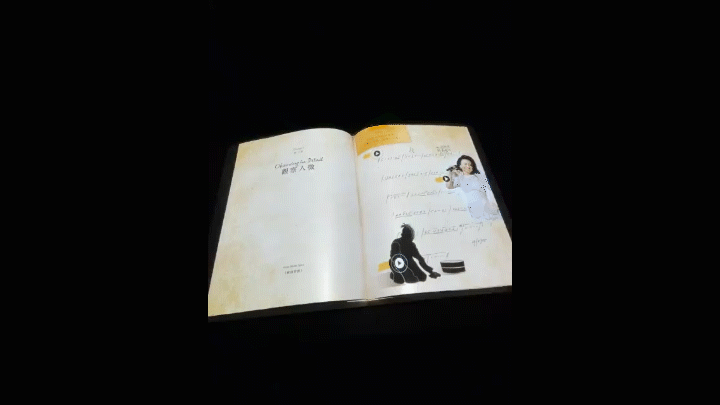
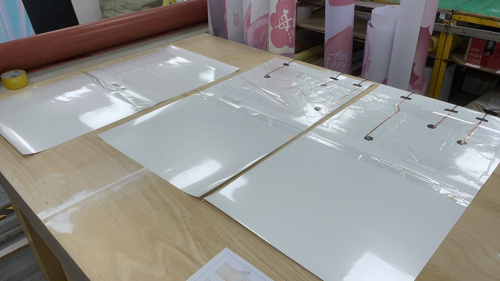
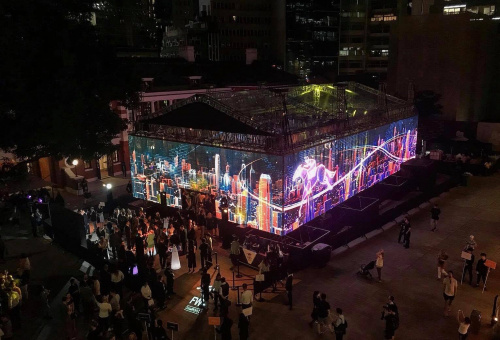
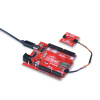
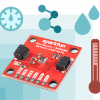






Excellent information! Very helpful post thanks for the info